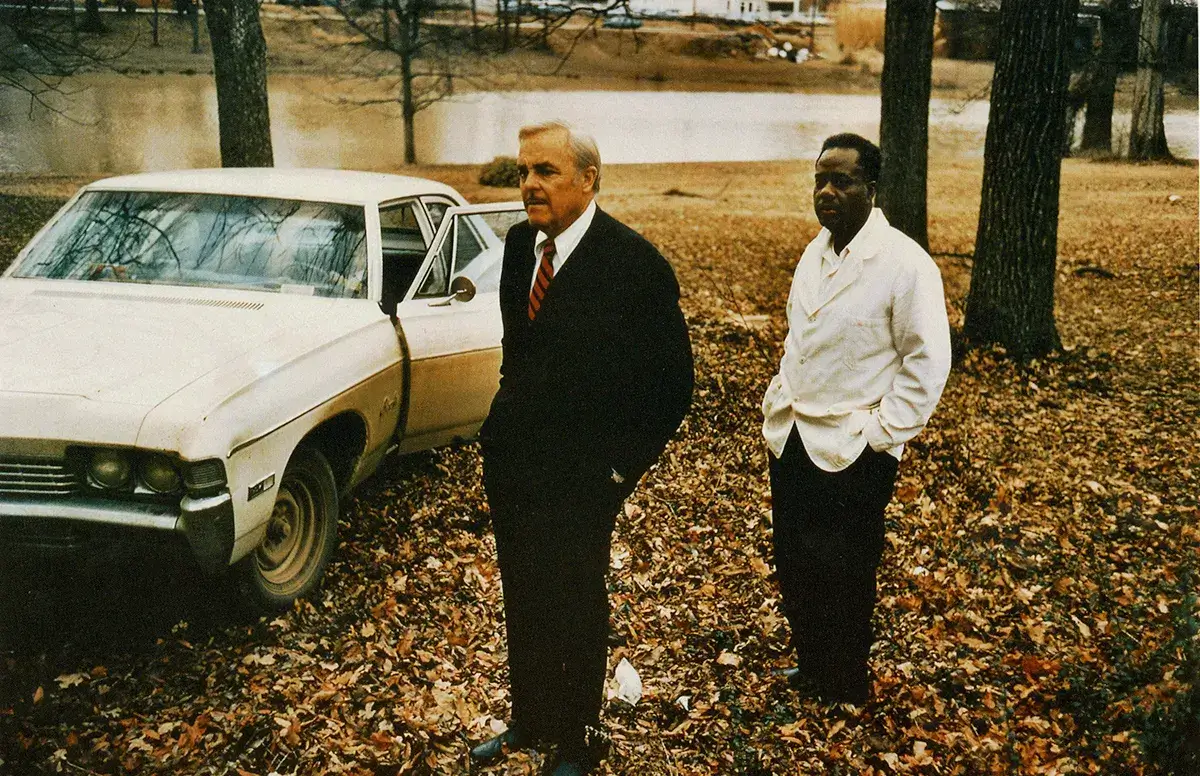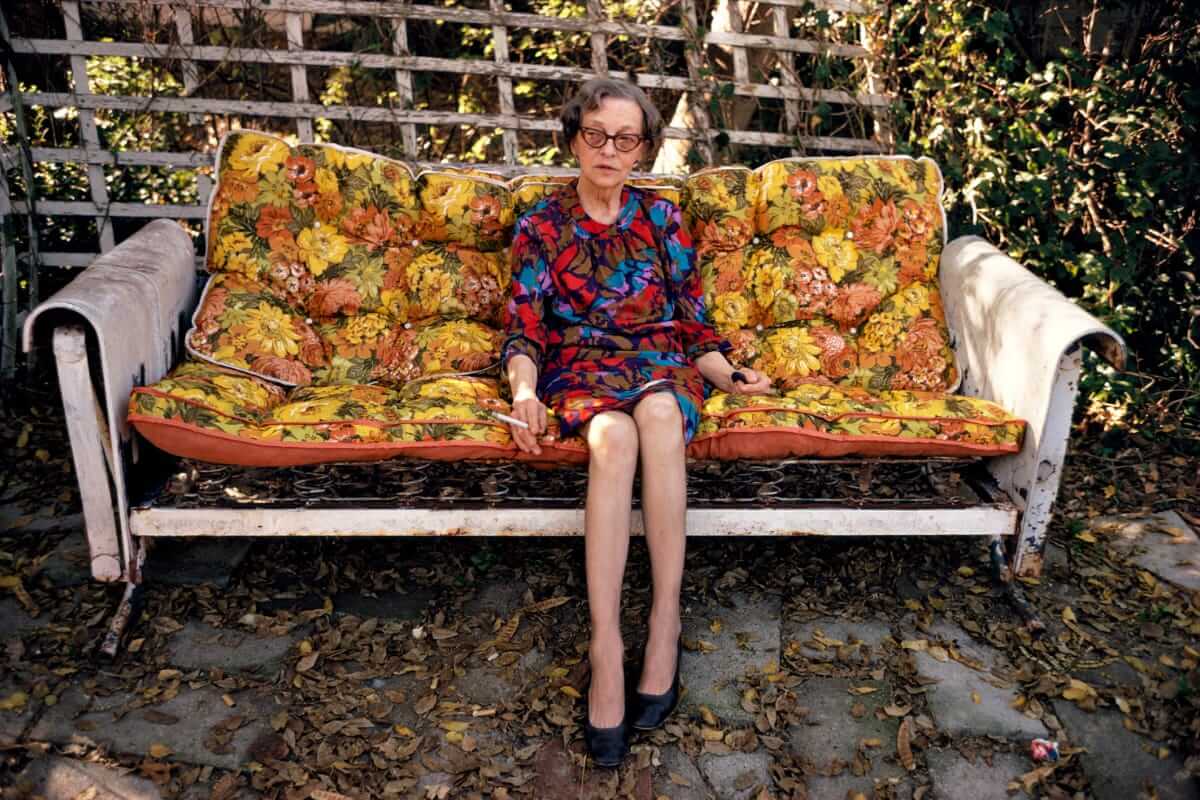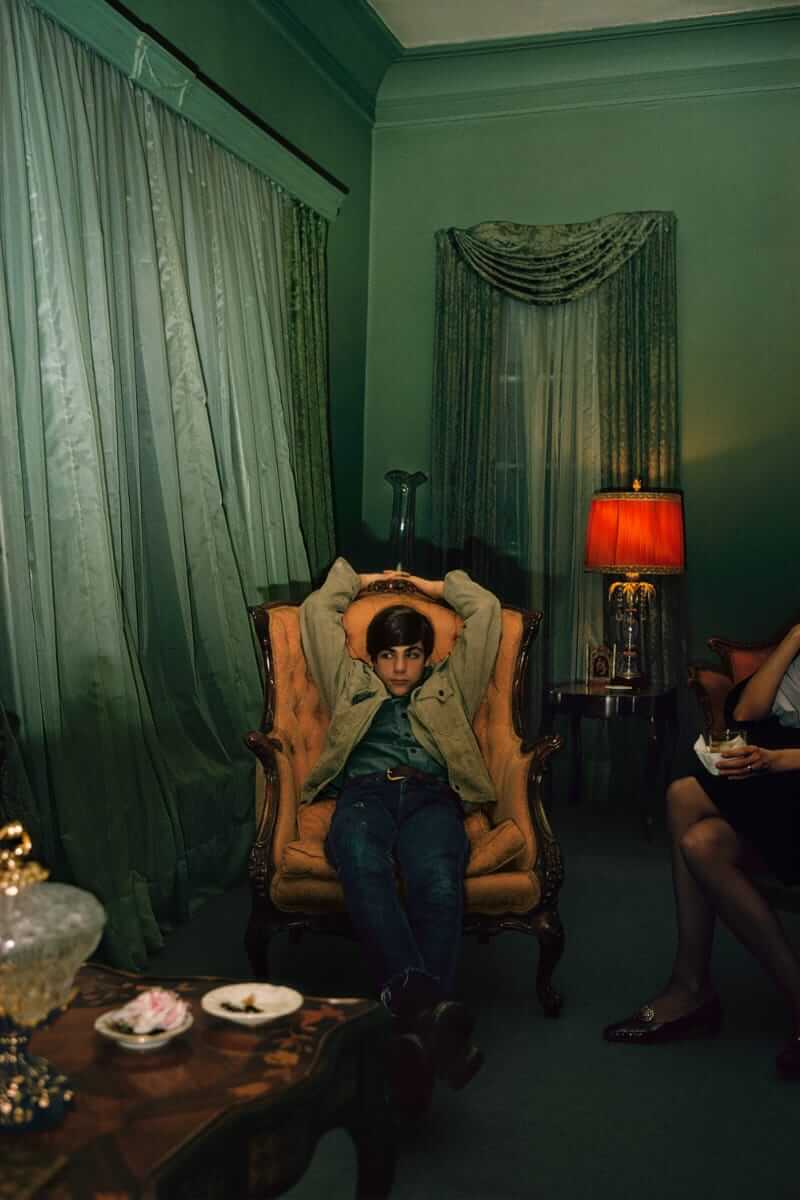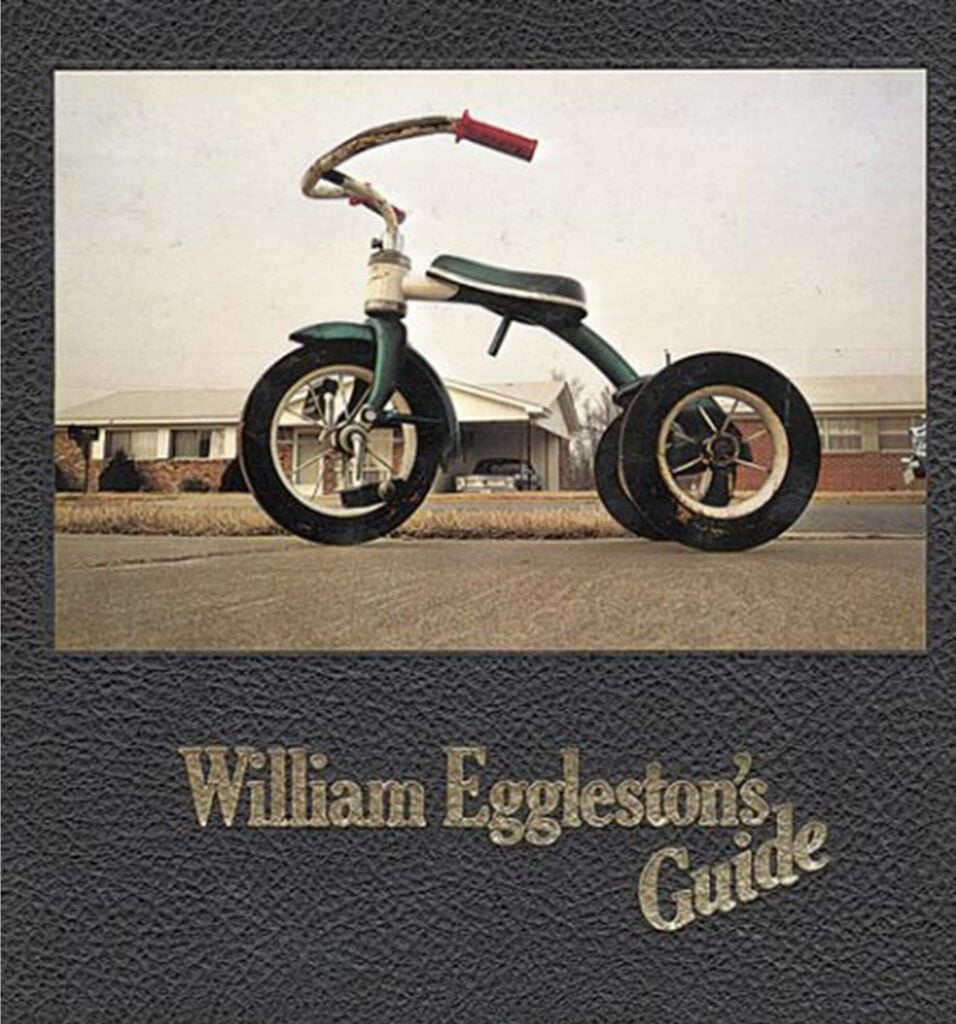William Eggleston's Guide
The first photobook I bought was Café Lehmitz by Anders Petersen. That was because I really liked his photo on the cover of Tom Waits’ Rain Dogs. So the next step was to see if there were more records in my collection with nice photos on their cover. That’s how I discovered William Eggleston (born 1939). Big Star (Radio City), Alex Chilton (Like Flies On Sherbert) and Spoon (Transference), among others, used a photo of him as a cover image on their records. Further research revealed that Eggleston has one of the seminal photobooks to his name: William Eggleston’s Guide.

William Eggleston’s Guide was published to accompany an exhibition at the Museum of Modern Art in 1976. It not only announced the arrival of a major photographic artist but also marked the moment when colour photography was perceived as artistically respectable. Previously colour photography had been regarded as ‘vulgar’. Artistic photos had to be in black and white. And just as the Walker Evans’ American Photographs exhibition was necessary to see photography as an art form, the William Eggleston exhibition led to the acceptance of colour photography.

Another thing is that Eggleston’s work is characterized by its ordinary subject matter. Eggleston’s images seemed simply to replicate the banality of snapshots. And by documenting a commonplace world of everyday suburbia so precisely, using the form, subject matter and intention of the drugstore snapshot so effectively for many critics his pictures are vulgar and banal.

I once saw a documentay about William Eggleston. There’s a fragment showing Eggleston at work, driving around Tennessee, where he lives. Every now and then he stops his car, gets out and, at first glance, takes several snapshots haphazardly. It is unclear why he stops the car at that point and what he sees that is worth photographing. In the documentary he gives the impression that he himself does not know exactly. But the result is astonishing. Eggleston’s pictures are at once vulgar and refined, ordinary and strange, commonplace and unforgettable. This also applies for the pictures in William Eggleston’s Guide.

William Eggleston’s Guide
Photographer: William Eggleston
Publisher: The Museum of Modern Art
Originally published in 1976
Hardcover, 23 x 23 cm, 112 pages
Essay by John Szarkowski
Considered as one of the greatest photobooks of all time by Source Magazine
Mentioned in The Photobook: A History, Volume 1. Edited by Martin Parr and Gerry Badger.
